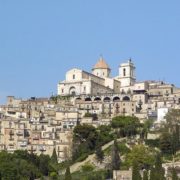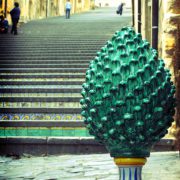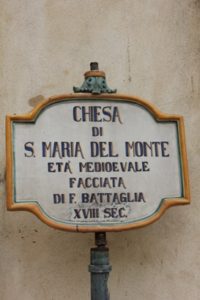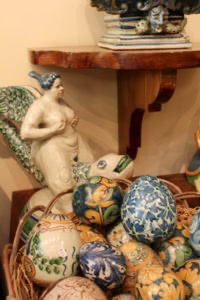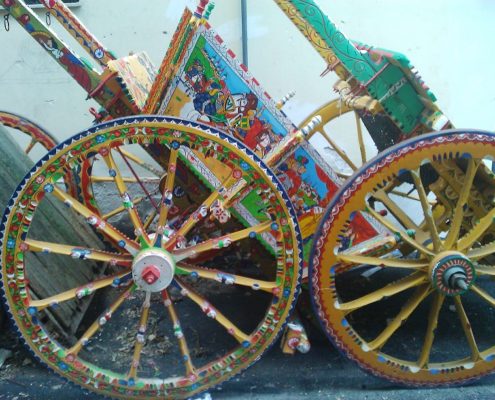
A beautiful cultural symbol you will find repeated throughout the region when you travel to Sicily is the Carretto. These carts, with their beautiful bright colours, are seen across Sicily. So how did Sicilians come to have the Carretto as such a rich part of their culture? Find out a little bit about the origins, the craftsmanship and the subtle differences of the Carretto.
Origins
The original idea of carts was introduced to the island by the ancient Greeks. However, the history of the now highly-recognised traditional Sicilian cart is relatively new. It dates back to the early 19th century and the need for transportation on the poorly-developed roads. It was thanks to the decree of 1830 that major routes, called “royal trazzere”, were opened. This is where the first appearance of the original type of wagon, the “stràscinu”, appears in history. This was a four-wheeled wagon whose front wheels are smaller than the rear, as in a type of carriage or cart.
The Sicilian carts reached the height of their popularity in the 11920s when many thousands were on the island. The carts were mainly drawn by horses in the city and on flat plains. Donkeys or mules were more often used in rough terrain for hauling heavy loads. The carts commonly used for pulling light loads, such as produce, wood, wine, and people, were called “Carretto del Lavoro” (cart for work). They were also used for ceremonies and festive occasions such as weddings and parades, where they were called “Carretto de Gara”. The Carretto was almost like the taxi or truck of today.
Craftsmanship
The cart has two wheels and is primarily hand-made out of wood built by woodcarvers, metal workers, and painters. The woodcarvers carved the many panels that were often historic reliefs. The metal workers worked the iron in a “ferro battuto” style, which included highly-decorated metal undercarriages with iron metal components. The painters had great skill depicting brightly painted scenes from Sicilian history and folklore, as well as intricate geometrical designs. These scenes also served the purpose of conveying historical information and important historic events in Sicily. Originally meant to keep in memory the turning points of local history for those who couldn’t read.
The colours of Palermo’s flag, yellow and red, feature prominently on the carts, along with details in bright blues and greens. Many of the carts showcase, in intricate details, religious scenes. They may depict the story of Jesus or that of his mother, and patron saints in Sicily, such as St. John the Baptist, Santa Rosalia, the patron saint of Palermo, or Sant’Agata, the patron saint of Catania. Some have been found to have scenes or visions of the saints, Charlemagne, operatic scenes, and the histories of Napoleon, Columbus, Cortez, and even Mussolini.
Provincial differences
The Sicilian Carretto is still made in several provinces in Sicily, each with its own style. Carretti made in the province of Palermo have more of a square box design. Those made in Catania are made with more elaborate “keys.” Then, there are the carts made in Agrigento which have their own distinctive style. The craft of making the carts is handed down from generation to generation through the training of apprentices. The animals pulling the carts are often elaborately adorned as well, with a decorated plume covering their head and a headband decorated with plaques of leather and gilt nails and bells. They also wear another elaborately decorated piece in the middle of their back.
Today the Sicilian Carretto can be found available for tourists to enjoy in some museums, while smaller Carretti can be bought as souvenirs. They are often depicted in artworks, postcards and pieces of the old Carretto can now be found on the walls of hotels and homes.
See it for yourself
Just one of the fascinating aspects of Sicilian life. Learn more about this beautiful region by visiting it yourself. Join Australian Chef Dominique Rizzo on a gastronomic and cultural food, wine and cooking tour of Sicily. Click here for more information about touring this amazing region.

